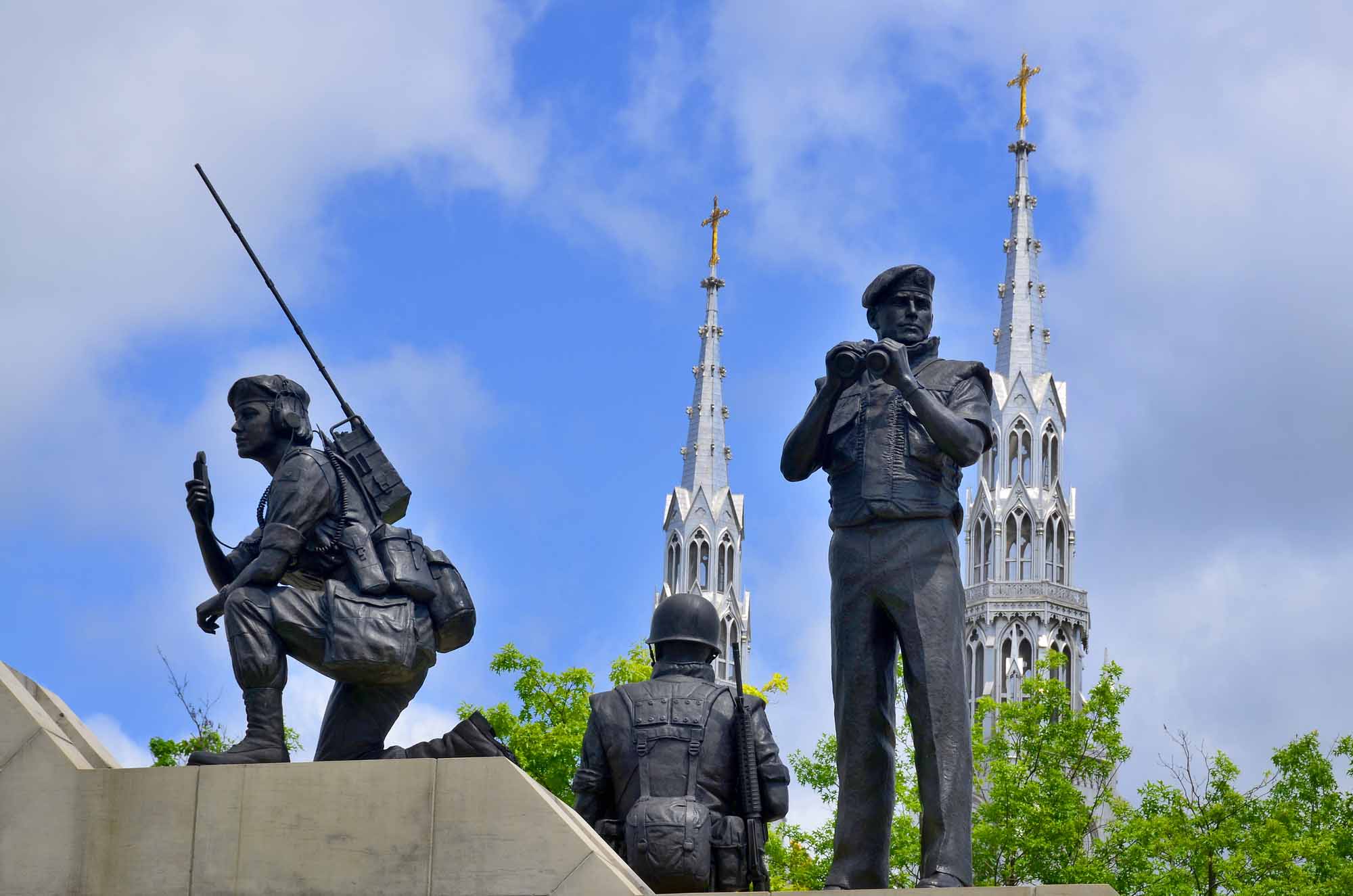Article
Paardeberg Day
The Battle of Paardeberg was the first time men in Canadian uniform, fighting in a Canadian unit, made war overseas. It also inspired one of the first remembrance ceremonies in Canada: from 1900 until the end of the First World War, Canadians gathered not on November 11, but on February 27 — Paardeberg Day — to commemorate the country’s war dead and its achievements in South Africa (see also Remembrance Day in Canada).









